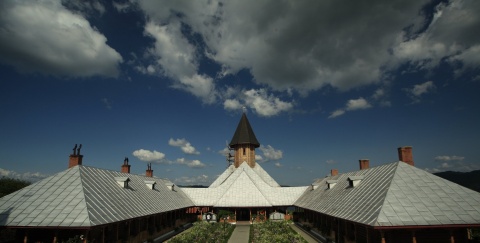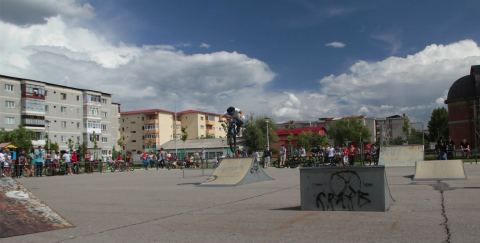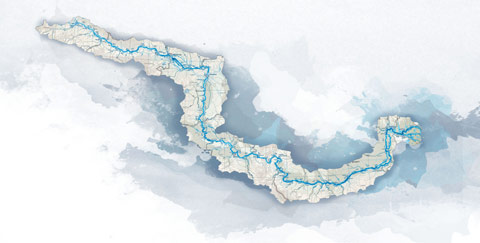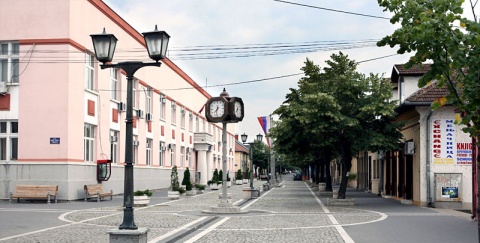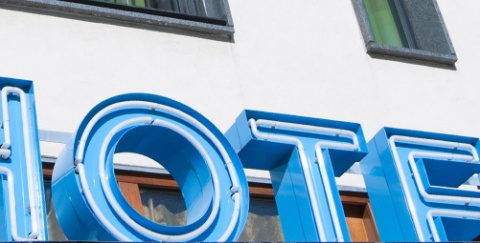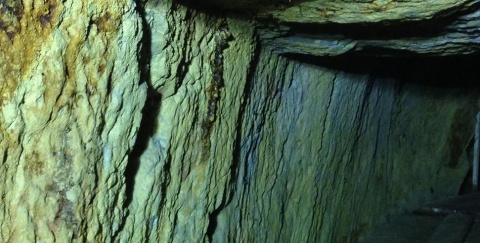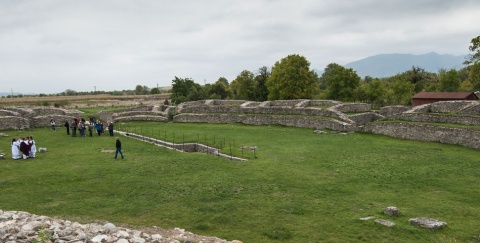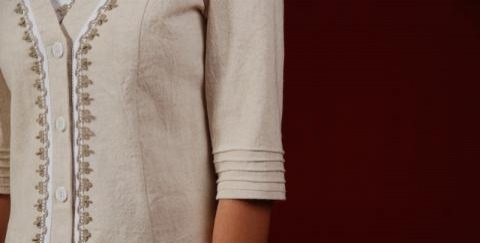
The history of Alba Iulia (population: 58,700), the spiritual capital of Romania, started in 106 AD with the victory of Emperor Trajan and the establishment of the new Roman province, Dacia. The Roman XIII Gemina Legion built the biggest fort of its time in Dacia (500 x 750 metres), on the third terrace of the Marisos river (today the Mures), and remained there until 275 AD. The fort was named Apulum after the nearby Dacian settlement Apulon, mentioned by Ancient Greek geographer Ptolemy. Sitting at the altitude of 270 metres and connected with the new Roman capital of Dacia, Ulpia Traiana Sarmizegetusa, it became an important economic centre. The area around Alba Iulia has been a leading winegrowing region since the Roman times, thanks to its mild climate and rich soil. Visit the Jidvei Winery in Alba County, 75 kilometres north of Alba Iulia; they have wine tastings in the 16th-century cellars (www.jidvei.ro).
Alba Iulia is fascinating because of its urban duality. Built in stone outside the fortress under emperors Hadrian and Antoninus Pius, the first settlement Apulum I became Municipium Aurelium Apulense under Marcus Aurelius. Emperor Commodus (180–192 AD) made it Colonia Aurelia Apulensis.
Around the legionary fort developed the civil settlement – cannabae Legionis XIII Geminae – which becameMunicipium Septimum Apulense under Emperor Septimius Severus (193–211 AD), referred to as Apulum II by modern archaeologists. Between these two cities archaeologists discovered two Roman necropolises: Dealul Furcilor-Podei and Statia de Salvare (northwest of the fortress).
Roman coins, ceramics, marble votive statues (one of Liber Pater (3rd century AD)), remains of the Nemesis and Mars Sanctuary and an ancient Mitra temple have been discovered here, indicating that the ancient Alba was very much like Rome, just smaller. Excavated objects are shown in the National Museum of Unification.
The Southern Gate of the Roman fortress, the double-gate Porta principalis dextra near the Praetorium consularis Daciarium Trium (the headquarters of the Roman provincial governor) are very impressive. All this is part of the tourist Route of the Three Fortifications comprised of information points, exhibition areas, visiting and resting points. See also the Bethlen Bulwark of the medieval fortress (16th–17th century) and St Eugene Bulwark of the Vauban-style Habsburg Citadel, the work of Italian architect Giovanni Morando Visconti, built in 1714–1738 on the site of the Roman camp. Roman and Bronze Age artefacts were excavated in St Francis de Paola Ravine from 2007 to 2010. Stroll around the tree-lined promenades of the Habsburg Citadel, admire the beautiful Roman Catholic Cathedral (13th century) built on the site of an 11th-century Romanesque church. It dates back to Prince Gelu (Latin: Iulius), who ruled Alba in the 10th century. He was the maternal grandfather of the first Hungarian Christian King Stephen I, who named the city Alba Iulia. Throughout history the place had changed its name, from the Old Roman Apulum to the Old Romanian Bălgrad (“white castle/town”) originating from Slavic, to the Habsburg name Alba Carolina (Karlsburg), honouring Emperor Charles VI.
Next door to the Roman Cathedral, the Orthodox Cathedral of Reunification was built in 1921–1923 to celebrate the reunification of Romania and Transylvania. This is where the Romanian King Ferdinand and Queen Marie were symbolically crowned on 15 October 1922. See the Princely Palace, where Prince Michael the Brave resided after the unification of Wallachia, Transylvania and Moldavia (1599–1601), and his Equestrian bronze statue of 1968. Admire the Batthyaneum Library (1780), Apor Palace (17th century), and stop by the Union Hall. This is where the National Assembly signed the Romanian Unification Treaty and where modern Romania was born on 1 October 1918.
DANUBE.TRAVEL has no control over the website content generated by users and/or visitors, neither such content represents a statement, opinion, recommendation or rating by DANUBE.TRAVEL. For further information please refer to DANUBE.TRAVEL – General Website Terms and Conditions of Use.
 EN
EN DE
DE
